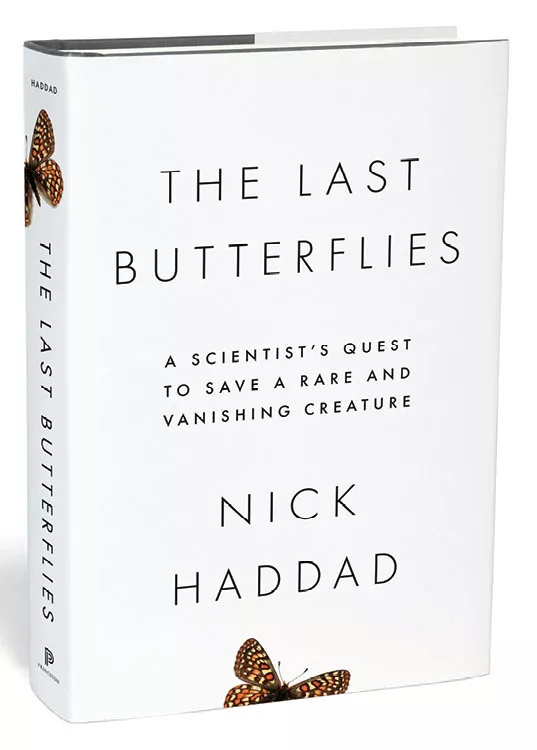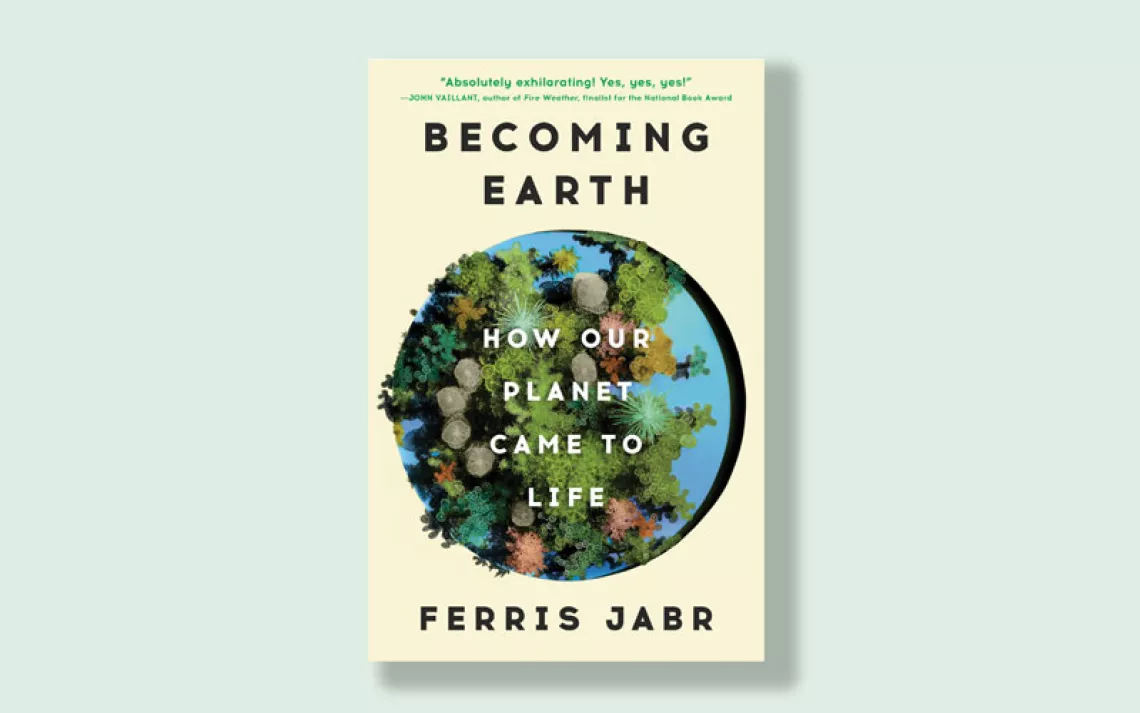The Race to Save Butterflies Before It's Too Late
Nick Haddad tracks scientists in their mission to save the insect's rarest species

With their delicate wings and kaleidoscope patterns, butterflies appear fragile, but they're one of nature's most resilient insects. Moth and butterfly fossils date back 200 million years. Today some 20,000 butterfly species inhabit the planet.
Yet according to one study, the average population of moth and butterfly species around the world has plummeted by 30 percent during the past 40 years. "When viewed over a century, the trajectory of the rarest butterflies can be summarized in only one direction: downward," writes Nick Haddad in The Last Butterflies: A Scientist's Quest to Save a Rare and Vanishing Creature (Princeton University Press, 2019).
Focusing on six rare species, Haddad tells the story of how human manipulation of landscapes precipitated this rapid decline. The construction of Miami eviscerated habitats for the Schaus' swallowtail and the Bartram's scrub-hairstreak. San Francisco's sprawl wiped out habitats of the Xerces blue and the Sthenele satyr and caused their extinction. Extreme droughts related to climate change exacerbate the impacts of habitat loss, creating a downward spiral.
But there are heroes in this story, and Haddad does a wonderful job of celebrating them. He profiles ecologists including Stuart Weiss, who discovered the connection between nitrogen pollution and butterfly losses and led efforts to recover the bay checkerspot, and Cheryl Schultz, whose decades-long stewardship of the Fender's blue created a road map for protecting and recovering its populations.
The concept of "the last butterfly," Haddad writes, "is at the same time preposterous and real." It will take a better understanding of natural history—and how anthropogenic climate change is scrambling the ecologies on which butterflies depend—to have any chance of saving them.
This article appeared in the July/August 2019 edition with the headline "The Butterfy Effect."
 The Magazine of The Sierra Club
The Magazine of The Sierra Club



